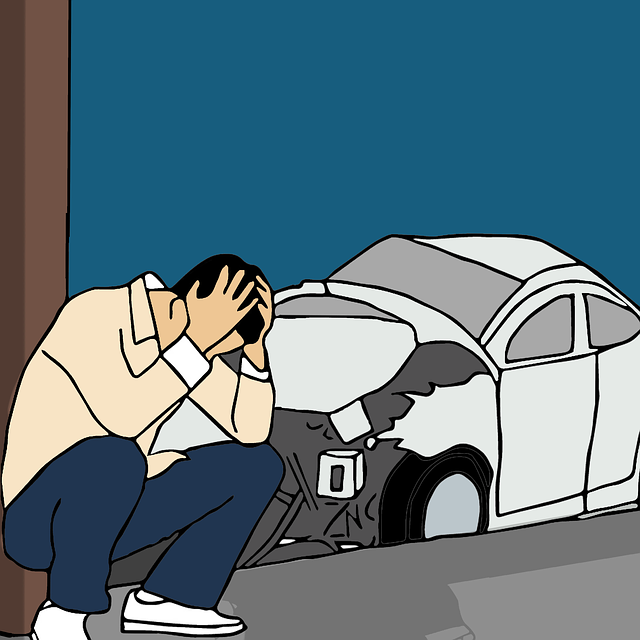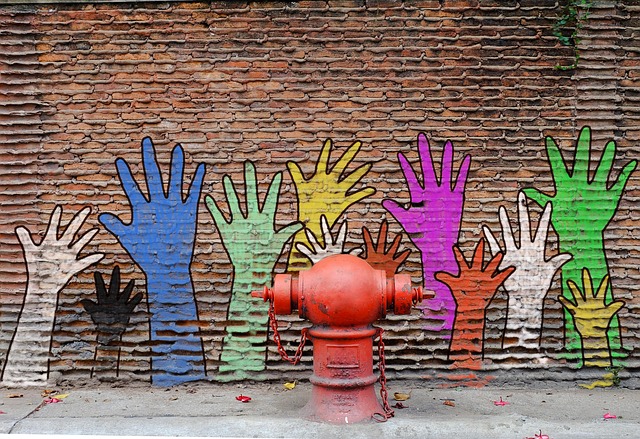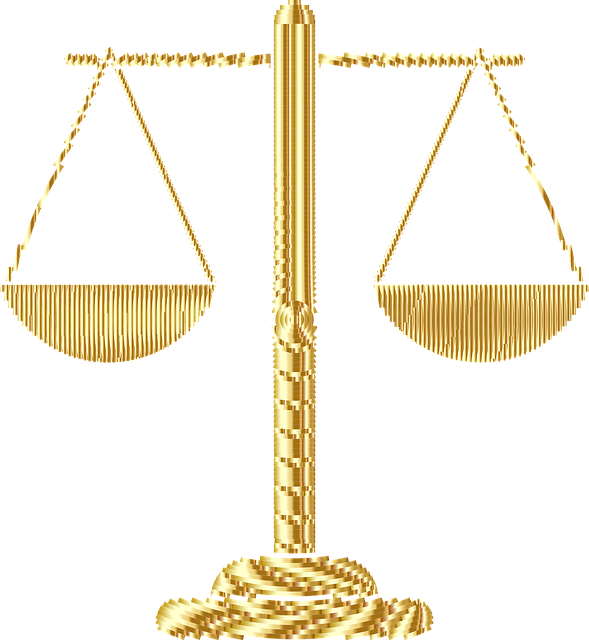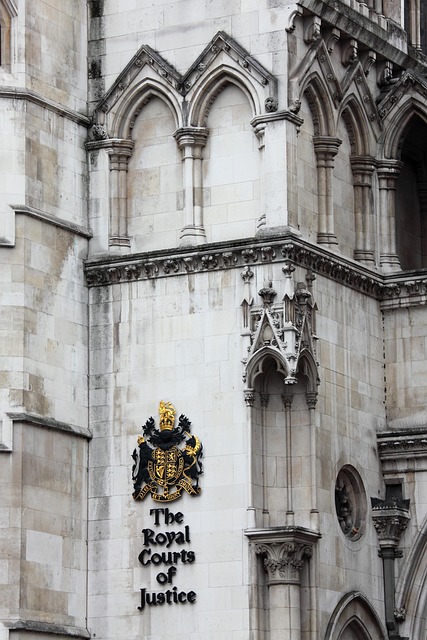In cases of medical malpractice resulting in wrongful death, immediate family members like spouses, children, and parents, along with siblings in some jurisdictions, have standing to sue for compensation. The goal is to seek damages for the deceased's pain and suffering and financial losses incurred by loved ones, with claims stemming from negligence or wrongdoing in healthcare provision. Scenarios range from complex cases to simpler incidents like nursing home neglect or slip-and-fall accidents, with unique circumstances guiding legal pursuit of accident settlements.
In the event of a medical malpractice leading to a wrongful death, understanding who can sue for damages is paramount. This comprehensive guide delves into the intricate world of medical malpractice litigation, focusing on eligible parties and the pathways to seeking justice. From identifying direct victims and next-of-kin as potential plaintiffs to navigating the complexities of proving liability and calculating damages, this article illuminates key aspects in the pursuit of compensation for medical negligence resulting in fatal outcomes.
- Eligible Parties for Medical Malpractice Wrongful Death Lawsuits
- – Who can file a claim?
- – Types of eligible plaintiffs (e.g., direct victims, next-of-kin)
Eligible Parties for Medical Malpractice Wrongful Death Lawsuits

In medical malpractice wrongful death cases, determining who can sue is crucial. Generally, eligible parties include the deceased’s immediate family members, such as spouses, children, and parents. In some jurisdictions, siblings and other close relatives may also have standing to file a lawsuit. The primary goal of these lawsuits is to seek compensation for the loss suffered due to the negligent or wrongful act committed by a healthcare provider.
When a person dies as a result of car accident injuries or truck accident-related incidents caused by medical malpractice, their surviving family members can pursue a wrongful death claim. A truck accident attorney specializing in medical malpractice cases can guide these families through the legal process. The compensation sought may cover various aspects, including economic losses, pain and suffering, and loss of companionship, which are all significant factors in determining damages for medical malpractice wrongful death cases.
– Who can file a claim?

In cases of medical malpractice resulting in wrongful death, the right to file a claim is typically reserved for the deceased’s immediate family members or their legal representatives. This includes spouses, children, parents, and sometimes siblings, who can bring forward a lawsuit on behalf of the victim. The primary goal of such legal actions is to seek compensation for the pain and suffering endured by the deceased before their passing, as well as financial losses incurred by the family.
While medical malpractice wrongful death cases often involve complex scenarios, there are also simpler instances where individuals may be eligible to file a claim. For example, nursing home neglect or a slip and fall incident can lead to severe injuries and subsequent fatalities, providing grounds for legal action against the responsible parties. In these situations, survivors may pursue damages to hold accountable those whose negligence contributed to an individual’s death.
– Types of eligible plaintiffs (e.g., direct victims, next-of-kin)

In cases of medical malpractice resulting in wrongful death, certain individuals are eligible to sue for damages. Typically, this includes direct victims who might have suffered harm due to the negligent actions or omissions of a healthcare professional. However, the most common plaintiffs are the next-of-kin—spouses, children, parents, or siblings—who can file a lawsuit on behalf of the deceased individual. These eligible plaintiffs seek compensation for their loss and the suffering endured during the final moments of the victim’s life.
When it comes to elder abuse cases, which often fall under the umbrella of medical malpractice, the situation might be slightly different. In some instances, long-term care facilities or healthcare providers can be held liable for the wrongful death of an elderly patient due to neglect or mistreatment. This may extend to business litigation scenarios where healthcare corporations are sued for systemic issues that lead to such tragic outcomes. It’s crucial to remember that each case is unique, and the specifics of the situation will determine who can legally pursue accident settlements in medical malpractice wrongful death cases.
In conclusion, anyone directly affected by medical malpractice that results in a wrongful death may have legal recourse. This includes not only the deceased individual (if they would have been able to file a claim) but also their next-of-kin. Understanding who is eligible to sue for medical malpractice wrongful death damages is crucial for navigating this complex area of law, ensuring that all parties affected by such incidents receive justice and compensation.






